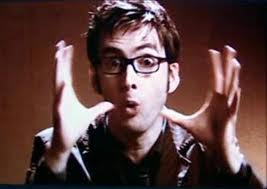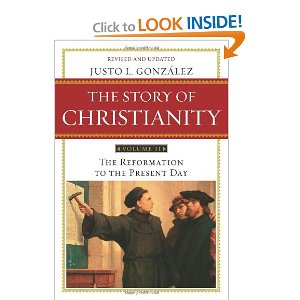History – An Introduction
I love, love, love history. However, until my freshman year at Middlebury College, I hated all history classes. (This is the kid who bought a set of encyclopedias just to read through the ‘W’ section on the World Wars.) At my high school the history teachers were the Physical Education Teachers or the Coaches who needed to do something else besides inflict shame and punishment upon unsuspecting gym students in adolescent angst. And it was not good. We actually celebrated when the history/phys-ed teacher was promoted to be Vice Principal.

Anyway, finally for my Freshman year at Middlebury, I was able to get into this class with this amazing History Teacher, who was teaching his last class after something like 120 years of teaching at Middlebury. The class was basically a close look at a number of individuals who personally affected the tide of history. These were people that made a difference. And the professor, who was legendary at Middlebury by this time, made them, not only interesting, but fascinating. This was the way history was supposed to be taught! Vibrant, passionate, effective and interesting! The fact that he was a balding, ancient man with wisps of hair all strewn about and virtually danced across the stage for an hour (we had a pool going on whether he would have a heart attack during a lecture before he retired–he would not have minded going out like that, I think) without notes helped his mystique.
Since that time, I have looked for those events, people, places, things of history that are either what Thomas Cahill calls “Hinges” (something upon which history turns, an event that changes everything), what Dr. Who would call “fixed points” (things that must happen, and cannot change otherwise the fabric of time would come apart). What Dr. Honeycutt, my current Church History professor at Covenant Seminary, would call, ‘timeline’ events.

So this series of blog posts are my attempt to imitate what that ancient, whispy, energetic history professor did with history at Middlebury, and to satisfy a class assignment for the Timeline.
Based on your reading of Gonzalez, provide a timeline of Church history for the last 500 years (approximate), listing what you believe to be the 50 key dates of people and events. You may be as creative as you like, providing me a hard copy of the timeline, or you may use something like timerime.com, tiki-toki.com, or xtimeline.com to generate an online version.
* Justo Gonzales, The Story of Christianity: Volume 2: The Reformation to the Present Day ( )

I hope you enjoy it, and I hope it begins to approach the passion of those involved in some of these events.